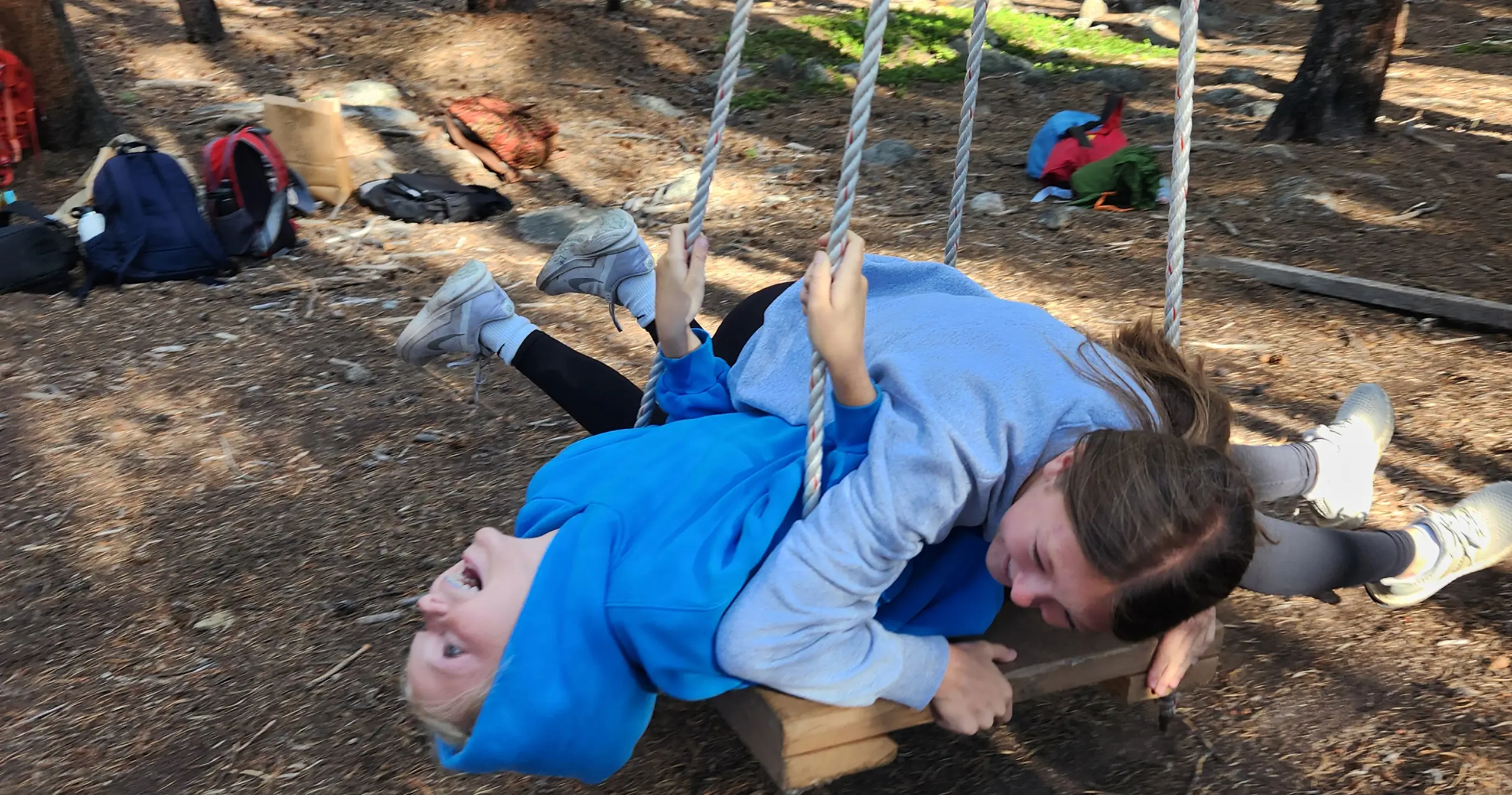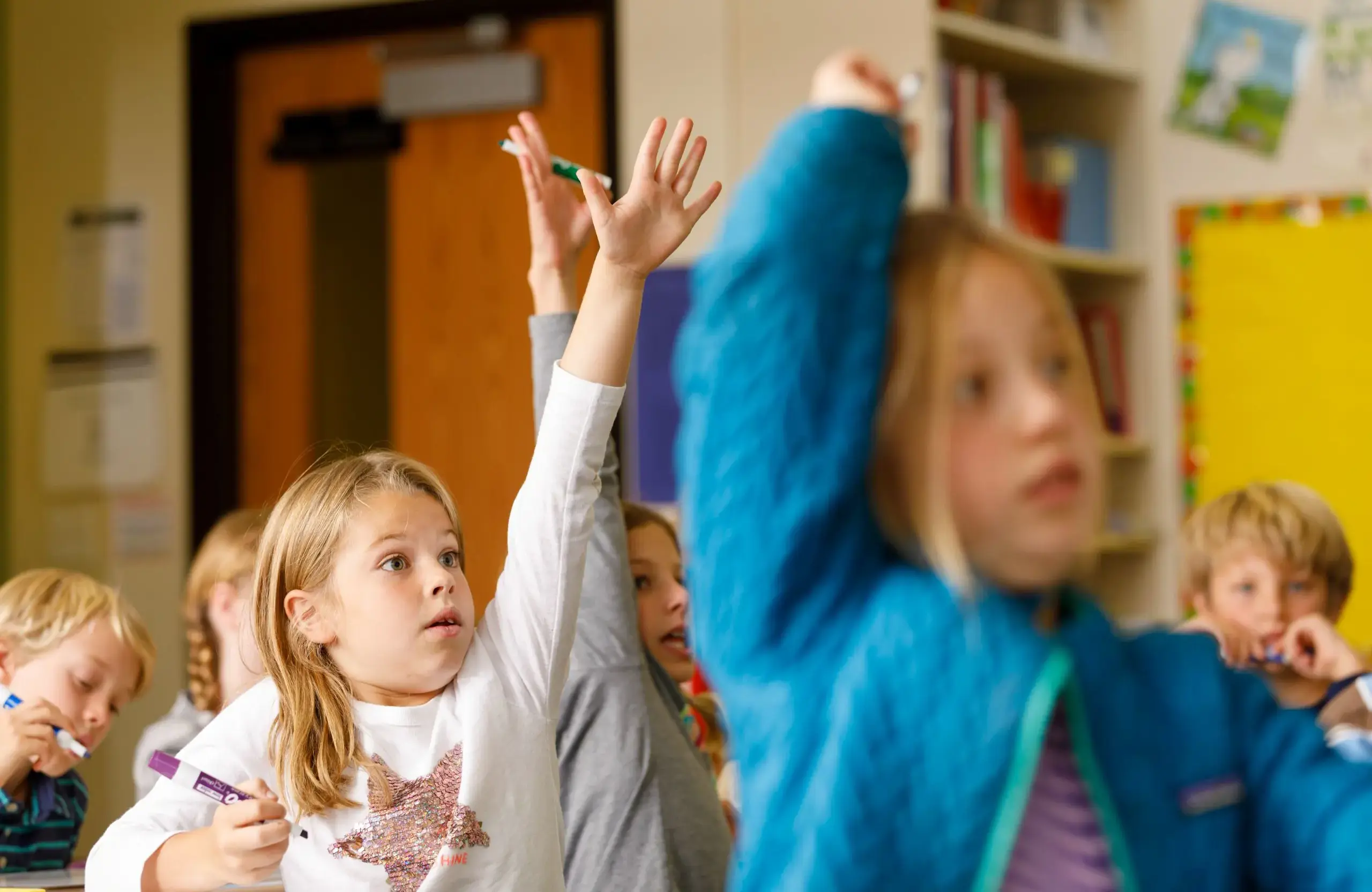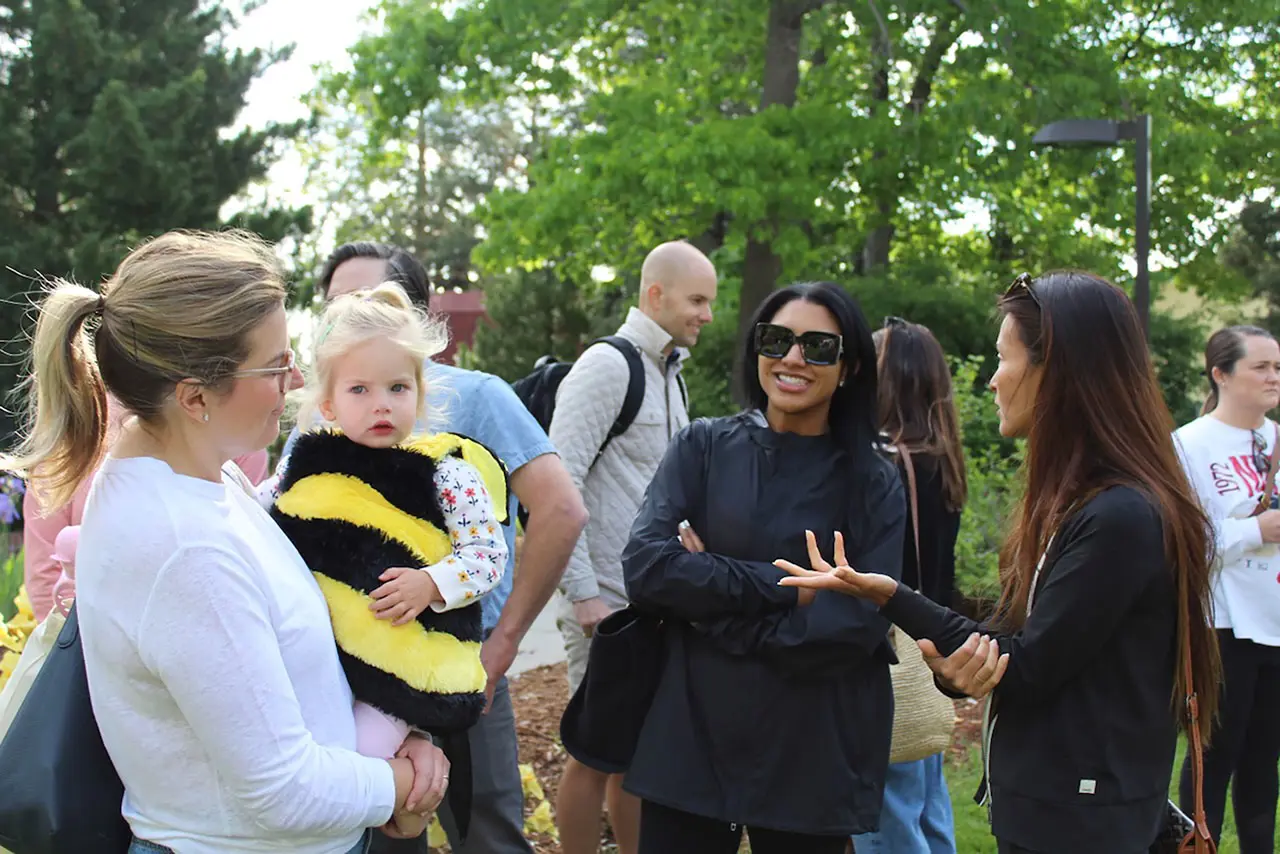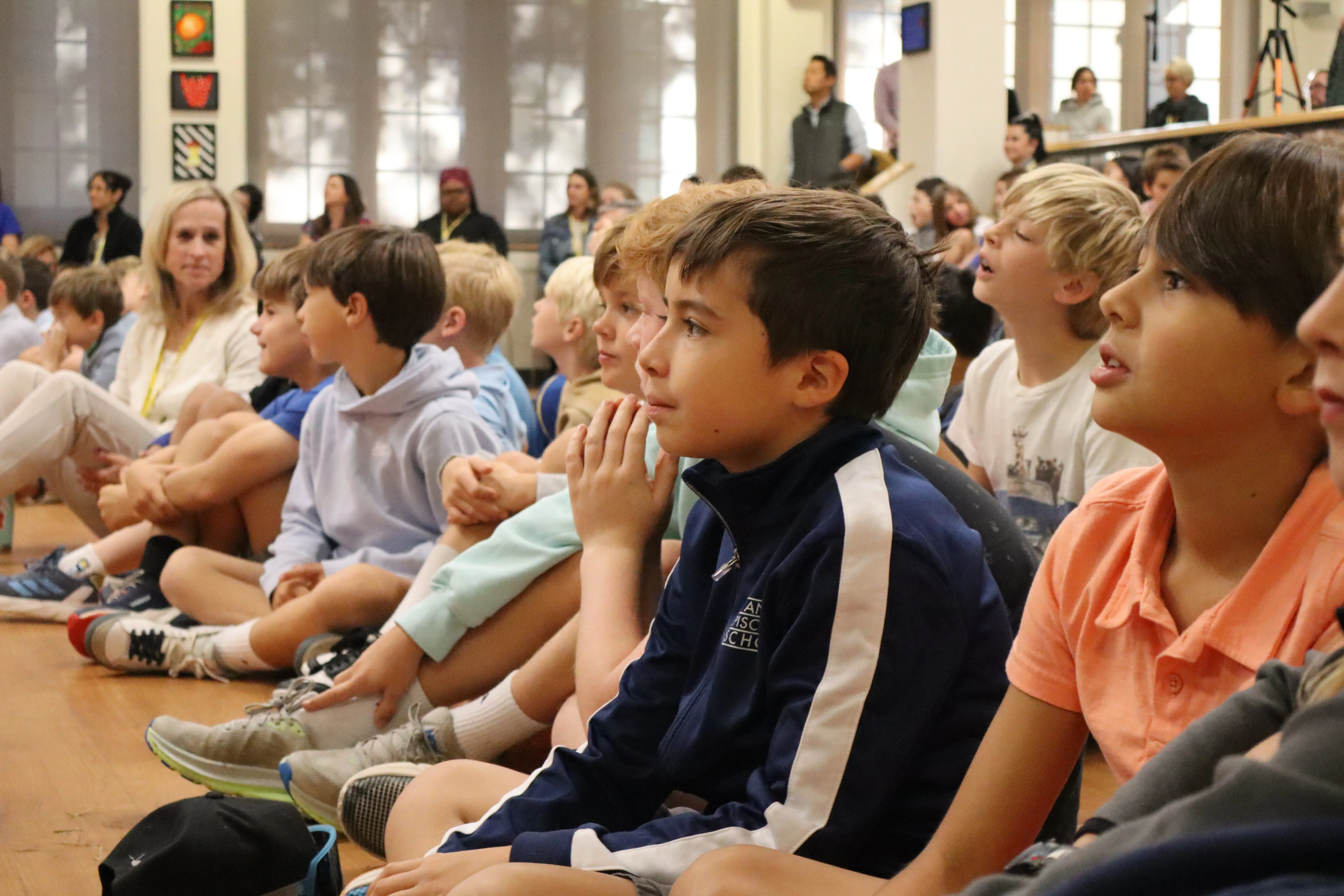Third Grade Overview
In third grade, students build on foundational knowledge and tackle more complex concepts across all subjects. Key highlights include:
- Advanced literacy tasks, including deeper analysis of literature
- Complex mathematical problem-solving
- Exploring captivating science and social studies topics
- Enrichment activities in art and music to nurture creativity
- Emphasis on character development and service learning to foster empathy and leadership
Our supportive community ensures that each student thrives academically, socially, and emotionally, preparing them for future academic success.
| Writing |
|---|
|
By the end of third grade, students will be able to write and differentiate between narrative writing and informational writing. Writing experiences include personal narratives, informative/explanatory paragraphs (in the form of biographies), opinion pieces, and fairy tales. Students will demonstrate an ability to organize and sequence their writing and craft complete sentences with a focus on conventions such as capitalization, spacing between words, and punctuation. Writers learn to use a storyteller's voice to give life to their writing, including descriptive language, dialogue and paragraphing. |
| Grammar |
| In third grade, students start to consolidate all their understanding of grammar concepts to compose longer written works. This includes original fiction stories with multiple characters and nonfiction research projects. Students should be able to apply basic sentence structure concepts and will start to add more complex descriptive language and dialogue to their writing. |
| Word Study |
|
In third grade, word study is taught daily for 30 minutes. Students engage in daily lessons, complete homework assignments, and read a weekly fluency passage. An end-of-unit assessment evaluates a student’s mastery of the concepts taught in the unit. Students identify different ways to spell phonemes, apply the spelling rule in a list of words, and then integrate their knowledge of the current and previous concepts taught through sentence dictation. In third grade, word study focuses on the following:
|
| Reading |
|
In third-grade reading, students are engaged in a mini-lesson where the teacher teaches a specific reading skill or strategy. The teacher uses a mentor text to teach comprehension strategies. Students then meet in guided reading groups, where they practice the skill or strategy that was taught. Students are grouped by their reading level. During this time, the teacher meets with groups to provide students with explicit instruction based on the group’s needs and level. Students read fiction, realistic fiction, narrative fiction, nonfiction, fantasies, mysteries, biographies, poetry, informational articles, and fluency passages. A goal of reading is to instill a love for learning. |
| Math |
|
The main focus of third-grade math is multiplication. Students start by building on second-grade strategies, expanding their addition and subtraction skills to larger numbers. Key topics include:
This curriculum enhances students’ mathematical fluency and prepares them for more complex problem-solving. |
| Science |
|
Third-grade science focuses on hands-on activities that help students explore the world around them. Key skills include:
Students use these practices to demonstrate understanding of core scientific concepts, fostering inquiry and critical thinking. |
| Social Studies |
|
In third grade, students focus on becoming critical consumers of information, particularly about their local community and systems of government. Key topics include:
In economics, students learn about producers, consumers, goods, and services, and how goods are exchanged. They also identify short-term financial goals and the steps to achieve them. Additionally, students explore the structure of local government, including the services it provides, and engage in a service project to practice good citizenship and make a positive impact. |
| Music |
|
The third-grade music curriculum focuses on further developing each child's understanding of pitch, melody, and rhythm by singing, playing instruments, and exploring creative movement. Each class consists of a variety of rhythm games (recognizing eighth notes, quarter notes, half notes and rests), vocal games and exercises, partner games and dances, and instrument exploration (pitched and non-pitched percussion). Students are expected to learn the names of the notes in the treble clef, identify dynamic and tempo markings, and remember basic music vocabulary. |
| Art |
|
In third-grade art, young artists primarily create through drawing, painting, and creating different types of 3-D sculpture. They often learn about various artists and their styles and try to implement different pieces of those styles throughout their own work. Another important attribute to a growing artist is practice of the proper use of tools and strategies to create different effects in their artwork. Most importantly, the young artists are encouraged to experiment with different processes and try new things to explore their creativity and voice through art. This may include showing feelings or an idea through color or lines. Working in a more representational or realistic way vs. abstract are all things artists learn, practice, and create during their time in class. |
| Spanish |
|
In third-grade Spanish, students engage with the language and cultures through group and individual projects, games, technology, and interactive stories. Key components include:
This approach fosters both language comprehension and cultural understanding. |
| PE |
|
The ultimate goal of St. Anne’s physical education program is to involve students in developmentally appropriate movement experiences that focus on learning to move and learning through movement. In “Developmental Level Two,” third, fourth, and fifth graders learn to cooperate, apply rules and strategies, and compete in a sportsmanlike manner. Students learn the concepts of how to make healthy choices. Students are provided with challenging experiences that enable them to transfer previously learned movement skills to new activities and other movement skills. Various sports, fitness, and rhythmic activities are introduced and practiced. Participation in games, learning stations, and drills assists in the development of mature movement patterns. Such participation provides a process that encourages all students to refine their skills and engage in lifelong physical activities. |
| Innovations |
|
In third grade, students are assigned Chromebooks to enhance their learning experience. Key focuses include:
These skills help students become proficient in both technology and critical thinking. |
| Library |
| The third-grade library curriculum promotes students’ critical thinking, effective and ethical use of information, and fostering a lifelong love of reading and learning. The librarian collaborates with teachers to align library activities with classroom units of study and to support student learning across subjects. |
| Religion |
|
Review of Biblical Characters; the Book of Acts, Psalms, and Prayers Third-grade religious education starts with a major overview of the Biblical characters studied so far. We create the Bible’s “Hall of Fame,” where each figure is remembered and his or her story analyzed. What was their quest? What did they do right? What mistakes did they make? What character traits can we learn from them? Students also begin to learn about various religious communities, historical and contemporary, Western and Eastern, beginning with the early Christians. We read psalms and prayers, and try writing our own. As always, we lean into religious holidays to remember who observes religious practice and how. Students are invited to share elements of their own religion practiced at home. |
| Outdoor Education |
|
Third grade marks the introduction of an additional SAITH trip and focuses on outdoor skill development. Third-graders also continue their seasonal outdoor exploration of the world around them. Students look at color connections and begin to understand the role that color plays in our environment. Concepts such as camouflage, mimicry, and using colors to communicate are introduced. Students are encouraged to dig into their exploration of the space through curiosity and community-based exploration. |









